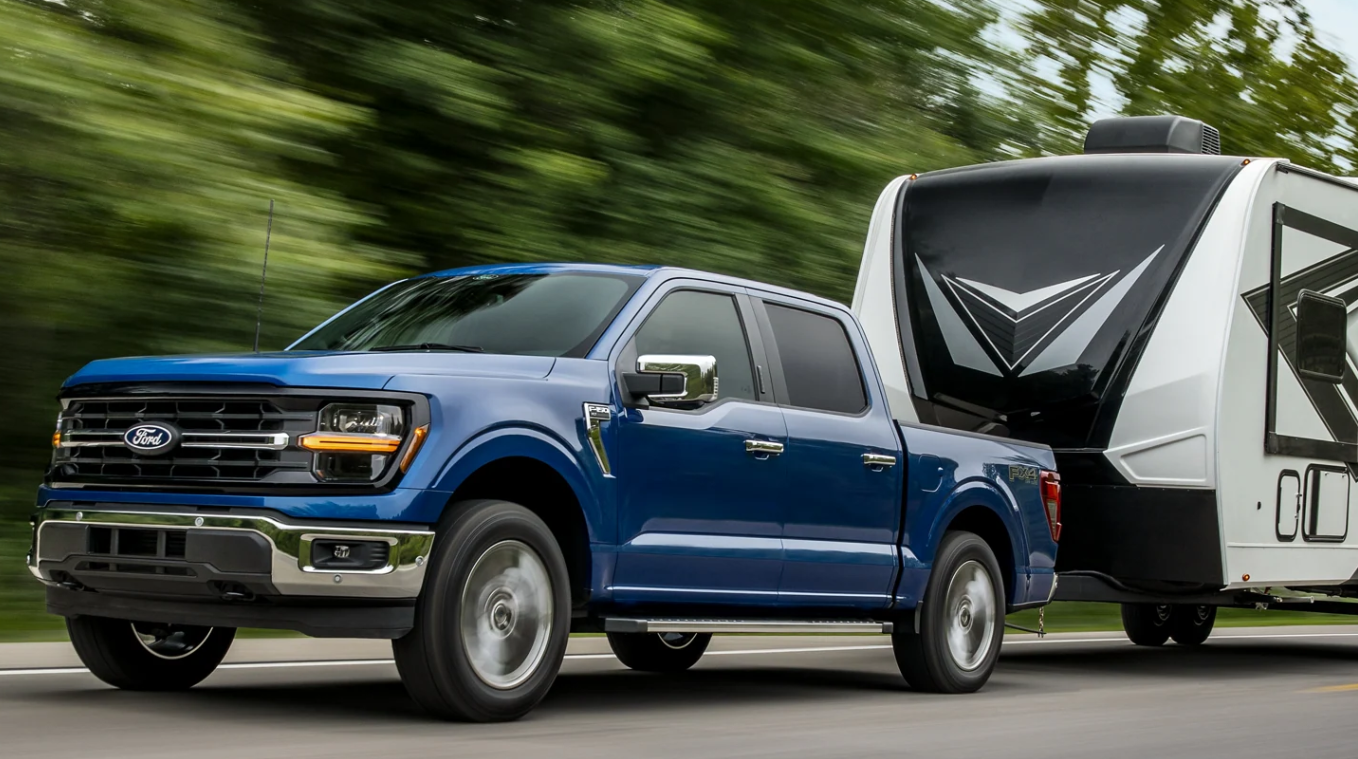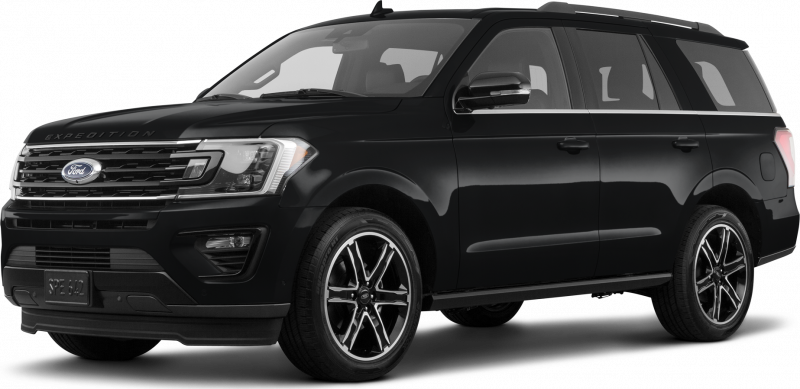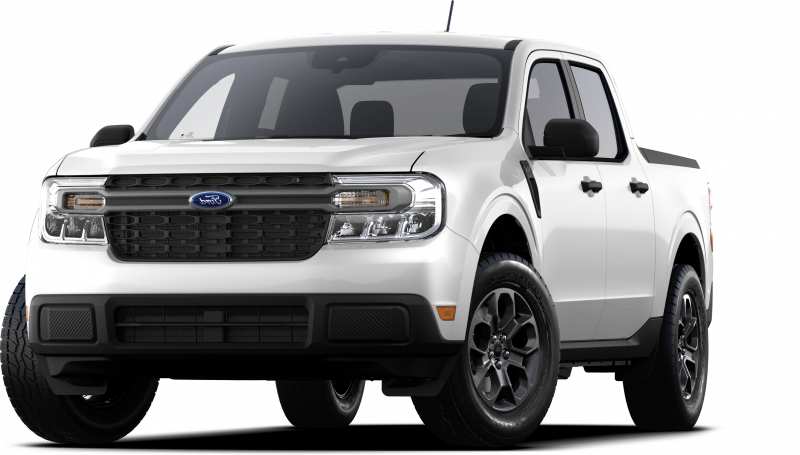Towing a trailer might seem straightforward, but it comes with its own set of challenges. For residents in Escondido, whether you’re hauling a boat to Lake Hodges or a trailer up the I-15, understanding how to safely handle your load is crucial. A few key tips can make the difference between a smooth trip and a stressful experience. From knowing how to balance your cargo to understanding the limits of your vehicle, there’s a lot to consider before you even hit the road. Taking the time to prep both your vehicle and trailer ensures you’ll have the control you need, especially when navigating tight turns or dealing with sudden stops.
Safety Tips for Driving with a Trailer
Driving with a trailer attached to your vehicle requires a completely different set of skills compared to regular driving. It’s not just about attaching the trailer and hitting the road; you need to be aware of how the added weight, size, and dimensions affect your vehicle’s performance. For residents of Escondido, whether you're towing a boat to Lake Hodges, hauling a trailer up the I-15, or taking your camper out for a weekend in the mountains, understanding the nuances of trailer safety can make a significant difference in the overall safety of your trip.
Driving with a trailer demands extra attention to speed, braking, and cornering, as well as ensuring that your trailer is properly balanced and secured. Improper handling of a trailer can lead to dangerous situations, including jackknifing, trailer sway, or losing control of the vehicle entirely. In this guide, we’ll explore the essential safety tips for driving with a trailer, helping you navigate the roads of Escondido and beyond with confidence.
Preparing Your Vehicle and Trailer
Before setting out on a journey with a trailer, preparation is key. This involves checking your vehicle’s towing capacity, inspecting the trailer, and ensuring that everything is securely fastened. Failure to prepare properly can lead to mechanical issues, loss of control, or other road hazards that could jeopardize your safety and that of other drivers.
Check Your Vehicle’s Towing Capacity and Hitch Setup
One of the first things to consider before towing is your vehicle’s towing capacity. Every vehicle has a maximum weight it can safely tow, and exceeding this limit can put undue stress on the engine, transmission, and braking system, leading to potential mechanical failures. Your vehicle’s towing capacity can usually be found in the owner’s manual, and it’s crucial to adhere to these guidelines. For example, if you're driving a Ford F-150 from Aaron Ford of Escondido, you’ll find that its towing capacity can vary depending on the engine and model. Always ensure that your trailer’s weight, including its contents, falls within your vehicle’s towing limits.
Equally important is the setup of your hitch. The hitch is what connects the trailer to your vehicle, and it must be properly rated for the weight of your trailer. A mismatched or improperly secured hitch can result in the trailer detaching while on the road, which is a dangerous situation for both you and other drivers. Make sure the hitch is securely fastened, and always double-check that the safety chains are crossed and properly connected. The safety chains are a critical backup in case the hitch fails, as they prevent the trailer from completely detaching from your vehicle. These simple steps ensure that your trailer is securely connected and ready for the road.
Inspect the Trailer’s Tires, Brakes, and Lights
Before heading out, thoroughly inspect your trailer to make sure everything is in proper working order. Trailer tires are often overlooked, but they endure a significant amount of stress, especially during long trips. Check the tire pressure and tread depth, as under-inflated or worn-out tires can increase the risk of a blowout. If you’re towing through the varied terrain around Escondido, such as the hilly areas around Palomar Mountain, having properly inflated tires will also improve fuel efficiency and reduce the strain on your vehicle’s engine.
Brakes are another essential component that need to be in perfect working order. Many trailers, particularly larger ones, have their own braking systems. These trailer brakes should be inspected and tested before each trip. A malfunctioning trailer brake can lead to longer stopping distances or even cause the trailer to push your vehicle forward during sudden stops. This is especially dangerous when driving downhill or on steep inclines, as the added momentum of the trailer can overwhelm your vehicle’s brakes. Make sure the brakes are responsive and working properly before starting your journey.
Lastly, don’t forget to check the trailer’s lights. Trailers have additional lighting, including brake lights, turn signals, and taillights, that help communicate your driving intentions to other road users. It’s critical that these lights are functioning properly so other drivers can see when you’re braking or turning, especially at night or in low-visibility conditions. Have a partner assist you in testing all the lights before you hit the road to ensure that they’re all working as intended.
Driving Techniques for Towing a Trailer
Once your vehicle and trailer are properly prepared, you must adjust your driving habits to account for the added length, weight, and difficulty in maneuvering. Towing a trailer changes how your vehicle handles, requiring slower speeds, gentler braking, and wider turns. Learning to adapt your driving to these new conditions will help keep you safe on the road.
Reduce Speed and Increase Following Distance
When towing a trailer, one of the most important adjustments you’ll need to make is reducing your speed. Trailers add considerable weight to your vehicle, which affects acceleration, braking, and overall control. Driving too fast can cause trailer sway, which occurs when the trailer begins to fishtail or swing side-to-side, potentially leading to a loss of control. The faster you drive, the harder it becomes to correct trailer sway, and the less time you have to react to road hazards. Stick to the speed limits and, if possible, drive a bit slower than usual, especially on highways or in areas with steep grades like the roads around the Cleveland National Forest near Escondido. In addition to reducing your speed, you’ll need to increase your following distance. A longer following distance gives you more time to react to sudden stops or obstacles in the road. Remember that your braking distance is significantly longer when towing a trailer, so maintaining a safe distance from the vehicle ahead is crucial. This is particularly important when driving through busy areas or on highways with heavy traffic, where sudden stops are more common. Give yourself plenty of space to slow down gradually and avoid abrupt braking, which could cause the trailer to push forward and potentially lead to a collision.
Take Wider Turns and Use Mirrors Effectively
Towing a trailer affects your vehicle’s turning radius, requiring you to take wider turns than usual. When turning, especially in urban environments like the streets of downtown Escondido, you’ll need to be mindful of the trailer’s path. The trailer will cut corners more sharply than your vehicle, so taking wide, sweeping turns is necessary to avoid hitting curbs, road signs, or other vehicles. This is especially important when making right turns, as the trailer can swing out into adjacent lanes if the turn is too tight. Practice taking wider turns in an empty parking lot if you’re new to towing, as it can take some time to get used to the additional length of the trailer.
Your vehicle’s side mirrors are one of your best tools when towing a trailer. Since the trailer will block your rearview mirror, you’ll need to rely on your side mirrors to monitor traffic and ensure that the trailer stays centered in your lane. Consider investing in extended side mirrors if your trailer is particularly wide, as these provide better visibility of the trailer’s sides and the surrounding road. Make a habit of checking your mirrors frequently to ensure that the trailer isn’t swaying or drifting out of your lane, especially when driving on highways or through tight spaces.
Handling Trailer Sway and Emergency Situations
Even with the best preparation and careful driving, unexpected situations can arise when towing a trailer. Whether it’s trailer sway, sudden braking, or needing to stop on a hill, knowing how to handle these situations is critical for keeping yourself and others safe on the road.
Trailer sway is one of the most common and dangerous issues drivers face when towing a trailer. It typically occurs when wind, high speeds, or sudden steering movements cause the trailer to fishtail behind the vehicle. If not corrected quickly, trailer sway can lead to a loss of control, especially at higher speeds. One of the first signs of trailer sway is feeling a slight pull or push from the trailer. If you notice this, the key is to remain calm and avoid sudden movements. Do not hit the brakes or try to steer out of the sway, as this can make the situation worse. Instead, gradually reduce your speed by easing off the accelerator and keeping the steering wheel steady.
There are also preventive measures you can take to minimize the risk of trailer sway. Proper weight distribution is critical for reducing sway. Make sure that the load inside the trailer is balanced, with about 60% of the weight distributed toward the front of the trailer and 40% toward the rear. This helps to keep the trailer stable and prevents it from becoming tail-heavy, which is a major cause of sway. Additionally, installing a weight distribution hitch or sway control system can provide added stability, especially when towing larger or heavier trailers.
Braking and Stopping on Hills
When towing a trailer, braking becomes more challenging, especially when driving through hilly or mountainous terrain. If you’re traveling through areas with steep inclines, such as the roads leading up to Palomar Mountain near Escondido, you’ll need to take extra care when braking to avoid overheating your brakes or losing control of the trailer. When driving downhill, use a lower gear to help control your speed without relying too heavily on the brakes. This reduces the risk of brake fade, which can occur when the brakes overheat from prolonged use. If you feel the brakes becoming less responsive, it’s a sign that they’re overheating, and you should pull over to allow them to cool down.
Stopping on an incline is another challenge when towing a trailer. If you need to stop on a hill, make sure to use your vehicle’s parking brake to prevent it from rolling backward. Some vehicles are equipped with hill start assist, which automatically holds the brakes for a few seconds as you switch from the brake pedal to the accelerator. If your vehicle doesn’t have this feature, you can use your left foot to hold the brake while gradually applying pressure to the accelerator with your right foot. This helps prevent the trailer from rolling backward while you get moving again.
By following these safety tips and understanding the unique challenges of towing a trailer, you can ensure that your next trip is safe, enjoyable, and free of unexpected incidents. Taking the time to properly prepare your vehicle and trailer, adjusting your driving techniques, and knowing how to handle emergencies will help you navigate the roads of Escondido and beyond with confidence.
Upgrade Your Ride for Towing in Escondido
When you’ve mastered the basics of trailer safety, you’ll feel much more confident towing, no matter the distance or terrain. So, before you hitch up and head out, remember that a little extra preparation can help you avoid trouble on the road. Drive smart, stay safe, and enjoy the journey with peace of mind. At Aaron Ford of Escondido, we offer a variety of trucks and SUVs designed to handle your towing needs. Whether you're considering a brand-new option from our New Inventory or a reliable vehicle from our Pre-Owned Inventory, we’ve got you covered. Be sure to take advantage of our Monthly Special Offers to make your purchase even more affordable. Swing by our Model Showroom to explore your next vehicle in person. Need to keep your current ride in top shape? Schedule a Service today, and our expert team will ensure your vehicle is tow-ready. Ready for a test drive? We can also help you Apply for Financing to get you on the road quickly.


























